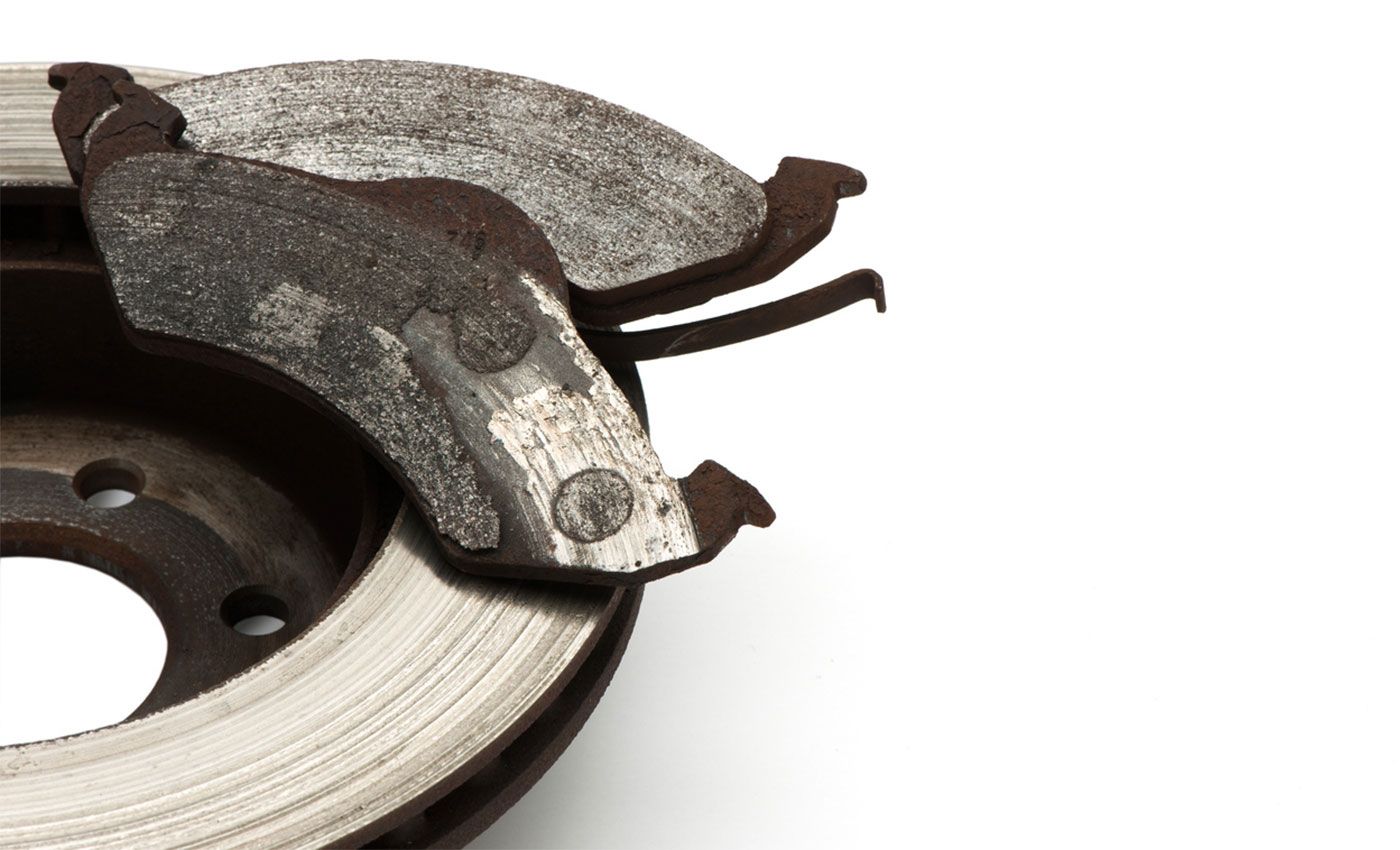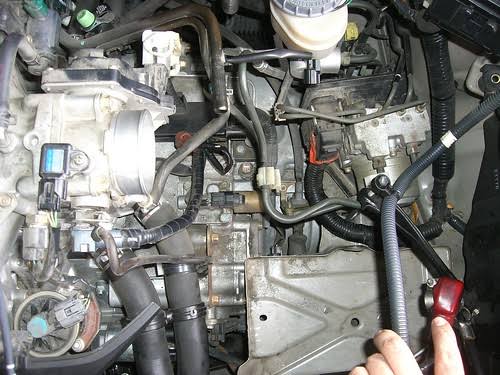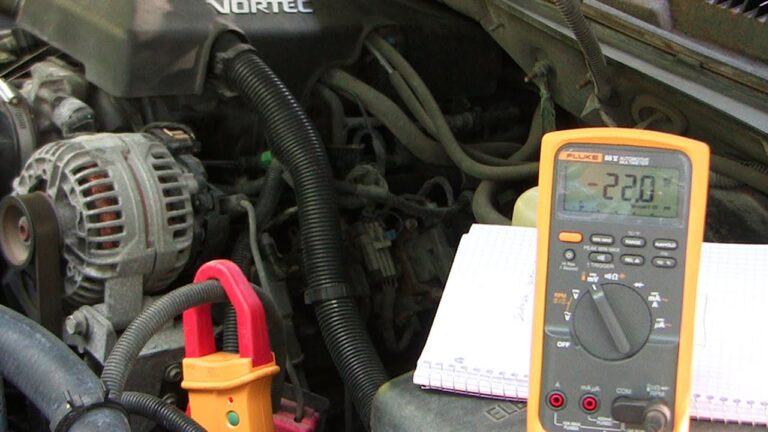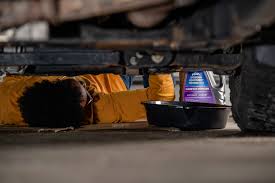Can I Replace Just My Rear Brakes?

Brakes are one of the most critical safety features in any vehicle, ensuring that you can stop effectively when needed. As time goes on, brake pads wear down, and they need replacing to maintain proper function. However, you might be wondering, “Can I replace just my rear brakes?” The answer is, yes, you can replace just the rear brakes, but there are several factors to consider before deciding if it’s the best option for your vehicle.
In this article, we’ll dive into the details of replacing just the rear brakes, why you might or might not want to do it, and when it’s necessary to replace all the brakes.
What Does Replacing Rear Brakes Entail?
Replacing rear brakes typically involves changing the brake pads and possibly the brake rotors on the rear wheels of the car. The brake pads press against the rotors when you apply the brake pedal, creating friction that slows and stops the vehicle. Over time, this friction wears down the pads, and they need to be replaced to ensure safe and efficient braking.
Components You Might Replace:
- Brake Pads: These are the most commonly replaced part of the braking system. They wear down faster than the other components and need to be replaced periodically.
- Brake Rotors: If the rotors are damaged, warped, or excessively worn, they might need to be replaced or resurfaced.
- Brake Hardware: Depending on the condition, you may also need to replace other brake components like clips or shims.
Can I Replace Only the Rear Brakes?
Yes, you can replace only the rear brakes if they are the only ones that are worn out. For example, if you notice that your rear brake pads are thin, or your rear rotors are warped, you can choose to only replace the rear brakes. However, there are several factors that could affect whether this is the best option.
Factors to Consider Before Replacing Only the Rear Brakes
1. The Condition of the Front Brakes
While it is technically possible to replace only the rear brakes, it is essential to consider the condition of the front brakes as well. In most vehicles, front brakes experience more wear and tear than the rear brakes because a majority of the braking force is applied to the front of the vehicle.
If your front brake pads are close to their wear limit or are in poor condition, it’s a good idea to replace them at the same time as the rear brakes. Replacing only the rear brakes when the front ones are worn can lead to uneven braking and a potential safety hazard.
2. Brake Balance and Performance
Brakes work in tandem to stop your vehicle efficiently and safely. Replacing only the rear brakes can affect your vehicle’s brake balance, which might lead to uneven braking performance. Ideally, both the front and rear brakes should be replaced at the same time to maintain uniform braking power and prevent the rear brakes from doing more work than they should.
An uneven balance in brake performance could also result in longer stopping distances and could increase wear on other components of your braking system, leading to more frequent repairs down the road.
3. The Age of the Brake System
If your vehicle has high mileage and the brake system has never been replaced or serviced, it may be best to replace both front and rear brakes. In some cases, older vehicles may have worn-out or corroded components that could affect overall brake performance, regardless of whether the individual brake pads seem worn.
4. Cost Considerations
Replacing only the rear brakes may seem like a cost-saving measure. However, if the front brakes are nearing the end of their lifespan, it might be more economical to replace all the brakes at once. This can save you from needing to do the front brakes soon after and may reduce labor costs if you’re paying for professional installation.
When Should You Replace Only the Rear Brakes?
There are situations where it makes sense to replace only the rear brakes. Here are a few examples:
- Uneven Wear: If the rear brake pads are significantly more worn than the front brake pads, or if there’s an issue with the rear braking system, you can replace the rear brakes independently.
- Maintenance Schedule: If you’re following your vehicle’s maintenance schedule and only the rear brakes are due for replacement, there’s no reason not to replace them alone.
- Specific Symptoms: If you’re hearing squealing or grinding from the rear brakes, or if you notice poor performance, it may indicate that only the rear brakes need attention.
How to Know if You Need New Brakes
There are several signs that can indicate that your rear brakes need replacing:
- Squeaking or Squealing Noises: High-pitched squeaks often mean your brake pads are worn down and need replacement.
- Grinding Noises: If you hear grinding when applying the brakes, your brake pads have likely worn down completely, and the metal parts are grinding against the rotors.
- Vibrations: If you feel vibrations in the brake pedal, it could be a sign that the rotors are warped and need replacing.
- Reduced Braking Efficiency: If you notice that your braking distance is longer or that the rear end of the car feels unstable when stopping, it could be a sign that the rear brakes are worn.
- Visible Wear: If you have a clear view of the brake pads, you may notice that they are thin and need replacement.
Should You Replace Rear Brakes Yourself?
If you’re a DIY enthusiast with the proper tools and experience, replacing rear brakes can be a relatively straightforward task. However, keep in mind that the rear brakes on some vehicles may require specialized knowledge or tools. If you’re not sure, it’s always a good idea to consult a professional mechanic.
If you do choose to replace your rear brakes yourself, here’s a basic overview of the process:
- Lift the Vehicle: Use a jack to lift the car and secure it with jack stands.
- Remove the Wheels: Use a lug wrench to remove the tires.
- Remove the Brake Calipers: Use a socket wrench to unbolt the brake calipers and remove them from the rotor.
- Replace the Brake Pads and Rotors: Replace the worn-out brake pads with new ones and inspect the rotors for damage. If needed, replace them as well.
- Reassemble and Test: Reassemble the brake components, secure the wheels, and lower the car. Test the brakes before driving.
Conclusion
While it’s possible to replace just your rear brakes, it’s important to assess the condition of your front brakes and the overall balance of the braking system. If the front brakes are in good condition and you’re only replacing the rear pads because they are worn, then replacing just the rear brakes should be fine. However, for the best overall braking performance and safety, it’s often recommended to replace both the front and rear brakes at the same time.
If you’re unsure whether to replace only the rear brakes or if the entire braking system needs attention, it’s always a good idea to consult with a professional mechanic. After all, your vehicle’s braking system is critical for your safety on the road.





